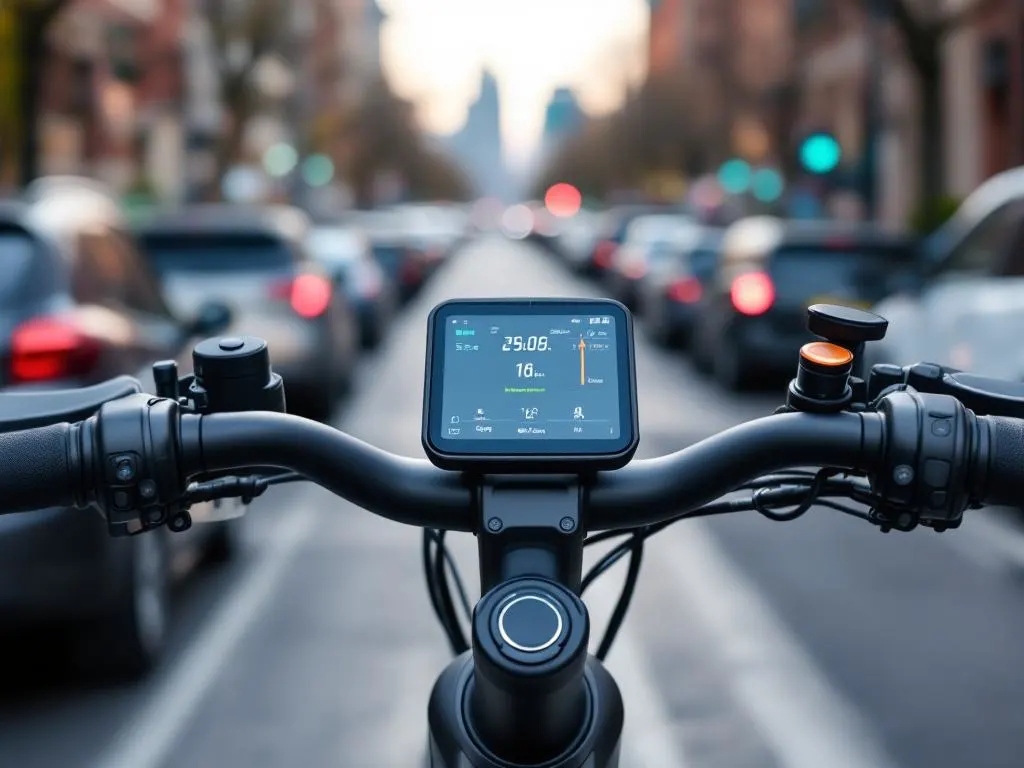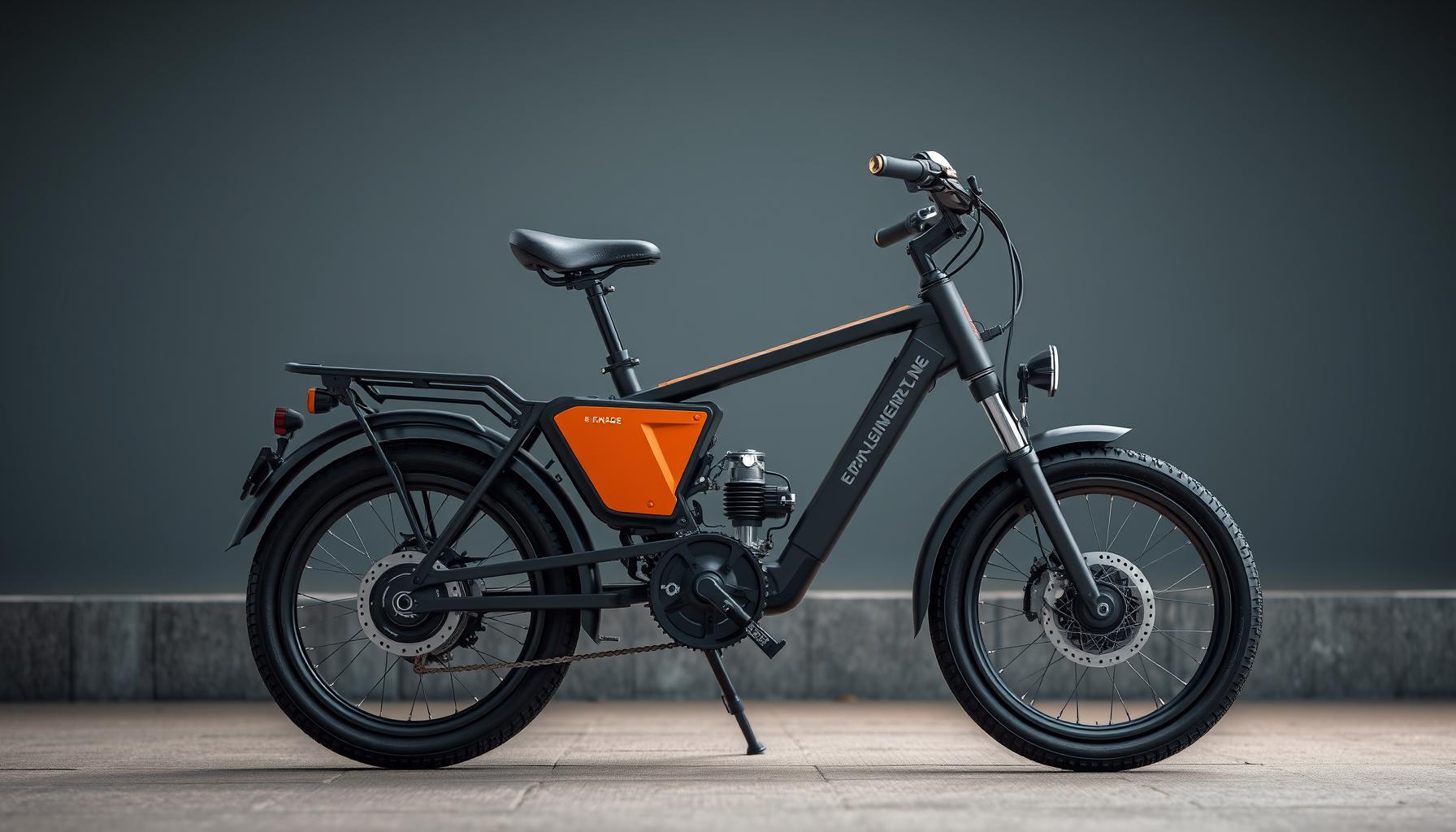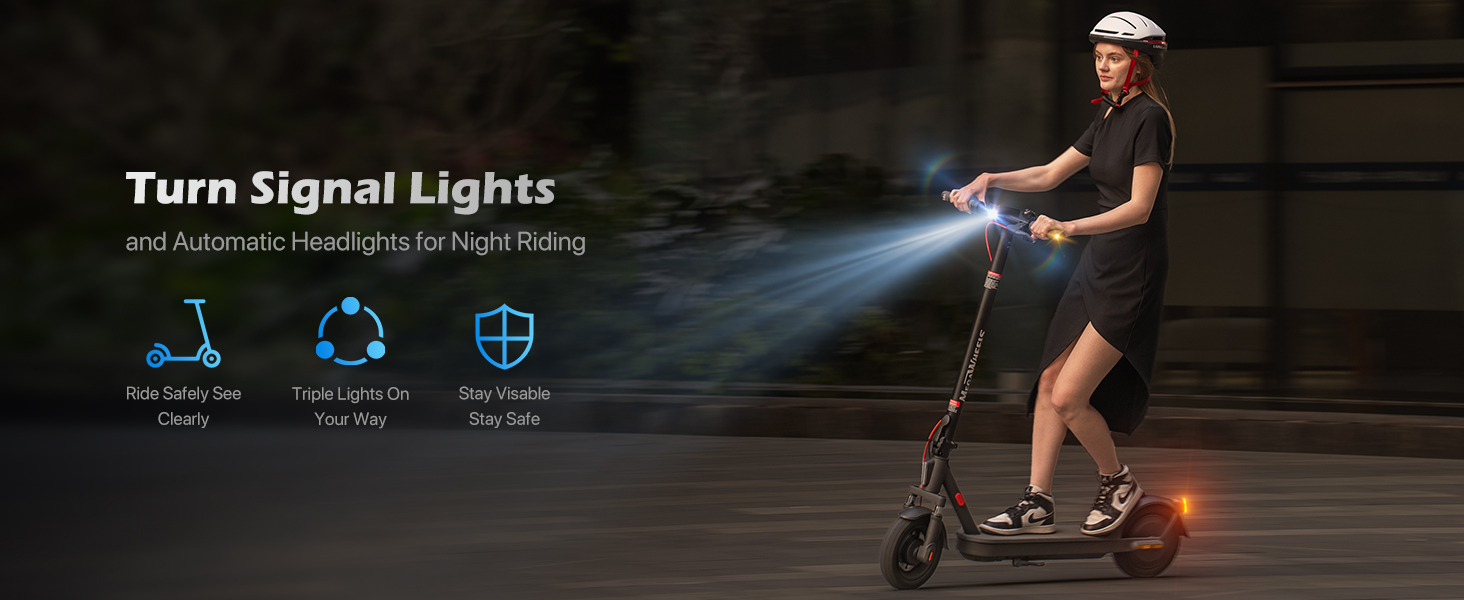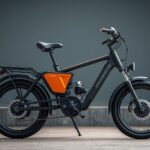Now Reading: The Comprehensive Guide to Electric Bikes and Their Rising Popularity
-
01
The Comprehensive Guide to Electric Bikes and Their Rising Popularity
The Comprehensive Guide to Electric Bikes and Their Rising Popularity
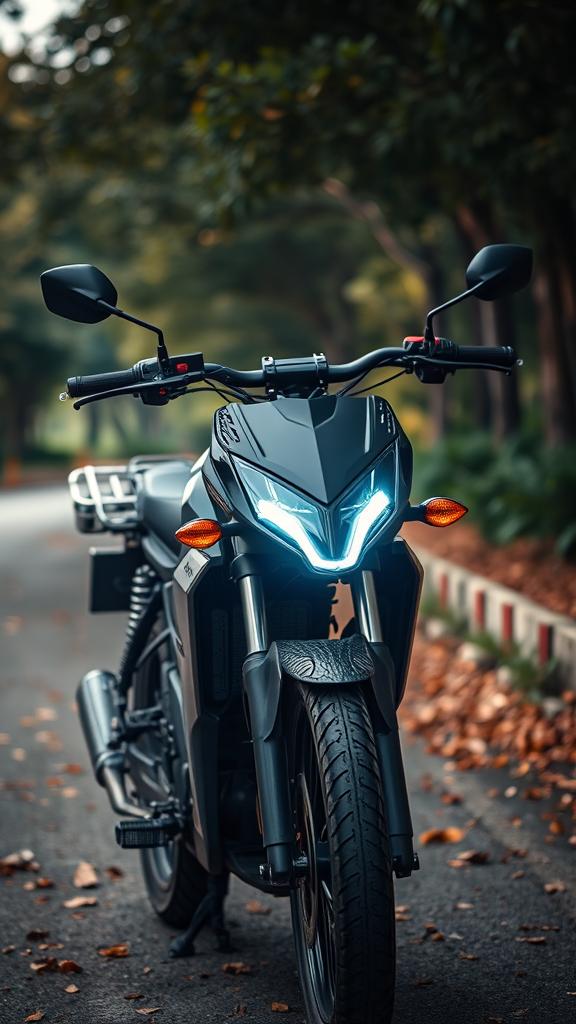
Electric bikes, or e-bikes, have revolutionized personal transportation by combining traditional cycling with electric motor assistance. This integration offers an efficient, environmentally friendly alternative for commuting and leisure, providing ease over longer distances and challenging terrains. This article explores the history, technology, benefits, legal aspects, and future trends of e-bikes.
The Evolution and Historical Development of Electric Bikes
Electric bikes, or e-bikes, have a surprisingly rich history that stretches back well over a century, illustrating a continuous evolution driven by innovation and technological advancements. The genesis of the electric bicycle can be traced to the late 19th century, a time when inventors began experimenting with ways to integrate electric power into two-wheeled transportation. Among the earliest documented forerunners is Ogden Bolton Jr.’s 1895 patent for a battery-powered bicycle, which is recognized as one of the first practical attempts to marry an electric motor with a bicycle frame. Bolton’s design featured a direct current (DC) hub motor integrated into the rear wheel and powered by a battery pack mounted on the frame, concepts that persist in modern e-bike designs.
Shortly thereafter, in 1897, Hosea W. Libbey patented a bicycle that pushed the envelope further by incorporating two electric motors, one on each wheel hub, a fascinating ingenuity for its time. Libbey’s double electric motor approach aimed to increase power and efficiency, although the limitations of battery technology and materials of that era constrained the overall practicality and commercial viability. Nevertheless, these early inventions laid the groundwork for future innovators to refine and adapt electric propulsion for bicycles.
Throughout the early 20th century, the development of electric bicycles progressed intermittently as inventors and engineers grappled with the challenges posed by limited battery capacities, weight constraints, and motor efficiency. The prevailing battery technologies, such as heavy lead-acid cells, made early e-bikes cumbersome and limited their range and speed. However, repeated experimentation led to incremental improvements in electric motors and energy storage, with several patents emerging that attempted to optimize drivetrain integration or electrical control mechanisms.
By the mid-20th century, interest in electric bicycles waned as conventional motorcycles and automobiles dominated transportation, and fossil fuels were relatively inexpensive and widely available. Yet, the latter decades of the century, especially the 1990s, marked a pivotal resurgence of interest fueled by the growing awareness of environmental issues and the demand for sustainable personal transportation. This period saw a renaissance of e-bike technology, mainly due to advancements in battery technology, most notably the transition from bulky nickel-cadmium (NiCd) and nickel-metal hydride (NiMH) batteries to the lighter, more energy-dense lithium-ion chemistry that underpins modern electric mobility.
One of the critical milestones in this resurgence was the refinement and popularization of brushless hub motors, initially sidelined in earlier decades. These compact, reliable motors became a mainstay in contemporary e-bike designs, offering superior efficiency, lower maintenance, and better integration into bicycle frames. The hub motor, housed within the wheel, simplified installation and allowed manufacturers to produce affordable, scalable e-bike models for a broad consumer base. Throughout the 2000s, improvements in electronic controllers, regenerative braking systems, and sensor technologies further enhanced performance and rider experience, making electric bikes more accessible and versatile.
The evolution also mirrors shifts in design philosophy from bulky, heavily augmented bicycles fitted with motors to sleek, purpose-built e-bikes with integrated batteries and thoughtfully engineered frames. Modern e-bikes now incorporate a range of motor assist levels, regenerative capabilities, and smart controllers that tailor power output based on rider input and terrain. These advances are a direct result of decades of incremental innovations sparked by those early pioneers and continuing technological breakthroughs in materials science, electronics, and energy storage.
In summary, the historical development of electric bikes reveals a narrative of persistent innovation grounded in early inventions like Ogden Bolton Jr.’s motorized bicycle and Hosea W. Libbey’s dual motor design. The journey from lead-acid batteries and rudimentary motors to today’s lithium-ion-powered, sensor-rich machines exemplifies how technological constraints shaped and refined e-bike functionality over more than a century. This rich legacy continues to influence the rapid expansion and refinement of electric bicycles in modern transportation, setting a foundation for even more advanced developments in the years to come.
Technology Behind Electric Bikes and How They Work
Electric bikes, or e-bikes, merge traditional bicycle mechanics with advanced electrical components that work harmoniously to enhance human propulsion. Central to this synergy is the electric motor, typically positioned either in the hub of the wheel or at the crank area. Hub motors, either in the front or rear wheel, are compact units that generate torque directly to the wheel, offering a straightforward and often cost-effective solution. Mid-drive motors, mounted at the crankset, provide power through the bike’s drivetrain, allowing the rider to utilize the gearing system effectively for improved efficiency, particularly on varied terrain.
The motor’s power output generally ranges from 250 watts to about 750 watts in most commercially available e-bikes, with 250W being the standard limit in many regions to classify an e-bike as a low-speed electric bicycle. Some specialized or off-road models push beyond this, but regulatory frameworks often cap the motor power to balance safety and accessibility. This power range provides sufficient assistance to overcome inclines and extend rider range without demanding substantial technical expertise to operate.
Powering the motor is the battery, arguably the most critical component affecting an e-bike’s range and weight. Modern e-bikes predominantly use lithium-ion batteries due to their high energy density, relatively low weight, and long cycle life. These batteries typically operate between 24V and 48V configurations, with capacities measured in ampere-hours (Ah), commonly ranging from 8Ah to 20Ah or more. The combined voltage and capacity determine the total watt-hour (Wh) energy stored, which directly influences how far and how long the bike can assist on a single charge. For instance, a 36V 15Ah battery contains 540Wh, often translating to an approximate real-world range from 30 to 80 miles, depending on factors like rider weight, terrain, assist level, and speed.
Managing power delivery is the role of the controller, the electronic brain that modulates the motor’s output based on input from various sensors and the rider’s commands. The controller optimizes energy use, smoothens torque output, and protects the system from faults or overheating. It connects the battery, motor, and user interface, usually a handlebar-mounted display or control pad, and coordinates these components in real-time.
Sensors are integral to the e-bike’s responsiveness and user experience. Most pedelecs (pedal-assist e-bikes) employ both a cadence sensor and a torque sensor. The cadence sensor detects when the rider is pedaling, triggering the motor to assist accordingly. More advanced models use torque sensors that measure pedaling force, enabling variable levels of motor boost proportional to the rider’s effort, offering a more natural riding feel. This contrasts with throttle-controlled e-bikes, which allow the rider to engage the motor directly via a twist or thumb throttle independent of pedaling. While throttle models provide immediate power on demand, pedal-assist systems encourage more consistent rider input and often extend battery life by regulating motor engagement.
The drivetrain on an e-bike often resembles that of a traditional bike, including chainrings, cassettes, derailleurs, and sometimes belt drives. Still, it must endure greater forces due to electric assist. Mid-drive motors leverage the existing gear system to multiply torque, enabling efficient climbs and better battery usage by matching power output to terrain demands. Some e-bikes incorporate heavier-duty components or reinforced frames to accommodate the increased mechanical stress and weight from batteries and motors.
Regarding operational limits, most jurisdictions restrict e-bikes to assist speeds of around 20 mph (32 km/h) or 28 mph (45 km/h) for speed pedelecs in some regions. Beyond these speeds, the motor assistance cuts off, requiring the rider to continue under their power. This also helps ensure safety and aligns with local vehicle laws.
Charging the battery involves standard methods similar to other lithium-ion powered devices: a removable battery pack can be connected to a charger plugged into a household outlet, usually requiring several hours for a full recharge, commonly between 3 to 7 hours, depending on battery size and charger output. Some e-bikes also allow for on-bike charging, enabling riders to charge without removing the battery, adding convenience.
Together, the interplay of these components motor, battery, controller, sensors, and drivetrain forms a finely tuned system that enhances cycling efficiency while maintaining the fundamental characteristics of bicycle riding. Understanding these technological foundations illuminates why e-bikes have become accessible, user-friendly alternatives within the landscape of modern transportation.
Benefits and Advantages of Using Electric Bikes
Electric bikes offer a range of compelling benefits that extend well beyond the capabilities of traditional bicycles and other specific modes of transportation, positioning them as a practical and sustainable choice for modern mobility. One of the most significant advantages lies in their positive environmental impact. Since e-bikes rely on electric propulsion powered by rechargeable batteries, their use drastically reduces carbon emissions when compared to cars and motorcycles, helping to lower urban air pollution and combat climate change. Even when factoring in the electricity used for charging, the overall carbon footprint of an e-bike is considerably less than that of fossil-fuel-powered vehicles. This environmental benefit aligns with the growing global emphasis on sustainable transport solutions and the reduction of greenhouse gas emissions.
From a health perspective, electric bikes encourage active lifestyles by promoting physical activity without the intensity required by conventional cycling. Unlike cars or motorbikes, e-bikes require pedaling to engage the motor assist, which means riders still exercise, enhancing cardiovascular health, muscle tone, and stamina. This “assisted” effort lowers barriers to entry for people who might otherwise be deterred by physical limitations or challenging terrain. E-bikes simultaneously support moderate physical activity and make cycling accessible to a broader range of users, combating sedentary lifestyles and contributing positively to public health outcomes.
Inclusivity is another notable benefit. E-bikes help bridge the gap for individuals of different ages, fitness levels, or physical capabilities. The pedal-assist technology reduces the strain on joints and muscles, allowing older adults, those with disabilities, or people recovering from injuries to enjoy cycling where previously it might have been too demanding. Additionally, e-bikes can make cycling feasible for commuters who face steep hills, long distances, or time constraints that might discourage traditional biking. This broader accessibility fosters social inclusion and encourages more diverse populations to adopt cycling as a regular mode of transport.
Practical advantages are equally strong. E-bikes excel at overcoming geographical challenges that often hinder bike usage, such as steep inclines and extended commutes. The motor assistance enables riders to maintain higher average speeds with less fatigue, effectively extending realistic daily travel distances beyond what many cyclists would consider feasible on a standard bike. This capability transforms commutes, making them more manageable while still being environmentally friendly and health-promoting. Moreover, the increased range and comfort help shift urban and suburban mobility habits away from reliance on cars or public transit, reducing traffic congestion and parking issues.
Cost-effectiveness is a key aspect that often drives e-bike adoption. Although the initial investment can be higher than that of a regular bicycle, e-bikes tend to be more economical over time compared to motor vehicles. They require less maintenance than cars, incur no fuel costs, and typically have lower insurance and registration expenses, if any. Consumers save on parking fees and avoid traffic fines associated with motorized vehicles. For individuals and households, this makes e-bikes an affordable and sustainable transportation solution. Furthermore, various cities and governments provide incentives and subsidies that make them even more accessible.
By reducing reliance on cars and public transportation, electric bikes contribute to a more decentralized, flexible, and personalized form of mobility. They present an effective alternative for “last mile” connectivity, facilitating easier transitions between different transportation modes and making urban travel faster and more convenient. This autonomy provides freedom and resilience in daily travel routines, particularly as urban populations grow and traditional transport infrastructures face increasing demands.
Ultimately, e-bikes embody a unique combination of environmental responsibility, health promotion, inclusivity, and practicality. These benefits collectively help explain their rapidly increasing popularity and their emerging role as a cornerstone of sustainable, accessible, and efficient modern transportation.
Legal Classifications and Safety Considerations of E-Bikes
Electric bikes occupy a unique legal space that varies considerably across jurisdictions, reflecting their hybrid nature as both bicycles and motorized vehicles. Understanding these legal distinctions is crucial for riders, manufacturers, and policymakers, given the rapid proliferation of e-bike usage worldwide. Regulatory frameworks mainly hinge on factors such as motor power, maximum assisted speed, and whether the electric assist operates only when pedaling (pedal-assist) or also independently (throttle control). These criteria are central to distinguishing e-bikes from mopeds and motorcycles, affecting licensing, registration, and safety requirements.
Many countries and states adopt a classification system splitting e-bikes into categories such as *pedelecs* and higher-powered e-bikes. Pedelecs, short for “pedal electric cycles,” typically feature a motor that assists only when the rider pedals and cuts off at a maximum speed of around 25 km/h (15.5 mph). This lower speed limit and requirement for pedal-assist usually allow pedelecs to be regulated similarly to traditional bicycles, exempting them from licensure, registration, or insurance mandates. For example, the European Union harmonizes e-bike regulations by setting these ceilings on motor power (250 watts) and top speed for pedelecs to remain classified as bicycles under EU law.
Conversely, e-bikes with more powerful motors often above 250 watts and/or top speeds exceeding 25 km/h may fall into more restrictive categories. In the United States, the Consumer Product Safety Commission recognizes three classes of e-bikes: Class 1 (pedal-assist up to 20 mph), Class 2 (throttle-assist up to 20 mph), and Class 3 (pedal-assist up to 28 mph). Class 3 e-bikes generally face more stringent regulations, such as minimum age requirements and helmet laws. If an e-bike’s motor output or speed exceeds these limits, or if it has a throttle surpassing allowed thresholds, it might be legally treated as a moped or even a motorcycle, necessitating vehicle registration, driver’s licenses, and adherence to traffic laws applicable to motor vehicles. For instance, some US states require motorcycles to be insured and registered, and operators licensed accordingly, whereas pedelec operators typically need no such prerequisites.
Safety considerations underpin much of the regulation and vary widely. Helmet laws are among the most consistent safety requirements; many jurisdictions mandate helmet use for all e-bike riders or specifically for younger or higher-speed class riders. For example, in many European countries, helmets are compulsory for Class 3 e-bike riders, while Class 1 pedelec riders are often exempt due to their lower speed profiles. The rationale revolves around injury risk: higher speeds and motor-assisted acceleration increase the likelihood and severity of accidents.
Statistically, research shows that e-bikes generally involve fewer accidents per distance traveled compared to other micromobility options such as e-scooters, which often share infrastructure but lack pedals and require balancing an inherently less stable design. However, when accidents do occur, factors such as higher average speed, mixed traffic environments, and sometimes rider inexperience contribute to injury severity. Common accident types include collisions with motor vehicles, falls due to loss of control, and incidents from improper or distracted riding, highlighting the ongoing need for public education and infrastructure improvements.
Best practices for safe riding include wearing appropriate protective gear beyond helmets, such as gloves and reflective clothing, and ensuring proper maintenance of brakes, tires, and electrical systems. Riders are encouraged to adhere strictly to local traffic laws, use bike lanes when available, and employ lights and signals for visibility. Additionally, understanding the specific capabilities and limits of one’s e-bike, such as maximum assisted speed, motor engagement modes, and battery management, can prevent accidents caused by unexpected acceleration or system failures.
Ultimately, the legal and safety frameworks governing e-bikes reflect a balance between facilitating broader access to sustainable transport and mitigating risks to riders and the public. As e-bike technology continues to evolve and usage expands, harmonizing classifications and updating safety standards will remain essential for integrating these vehicles safely into diverse transport ecosystems.
The Future of Electric Bikes and Their Role in Urban Mobility
Electric bikes are increasingly positioned at the heart of urban mobility strategies, reflecting a transformative shift in how cities address transportation challenges such as congestion, pollution, and the need for sustainable alternatives. Current trends reveal that e-bikes are no longer seen merely as recreational tools but as essential components of integrated urban transport ecosystems. This evolution is driven by rapid technological advancements, growing environmental awareness, and the pressing demand for efficient last-mile and middle-distance travel solutions.
One of the most significant innovations reshaping e-bike utility is their integration with innovative technology. Modern e-bikes are equipped with advanced sensors, GPS tracking, and connectivity features that enable real-time data exchange with city infrastructure and mobile applications. This connectivity facilitates more innovative route planning, adaptive power management, and enhanced security through anti-theft mechanisms. Cities are increasingly exploring the use of e-bike data to optimize traffic flow and promote shared micromobility networks, enabling seamless transitions between buses, trains, and e-bikes. The rise of app-based rental services and fleet management platforms also underscores the role of digital technology in scaling e-bike adoption in dense urban environments.
Battery technology continues to be a pivotal focus for the future of e-bikes. Current lithium-ion batteries have significantly improved in terms of energy density, weight, and charging speed, but research into solid-state and graphene-based batteries promises even greater leaps forward. These advances could produce e-bikes that travel farther on a single charge, have lighter frames, and support fast charging, making them more practical for commuters and delivery services alike. Additionally, battery swapping infrastructures are emerging as an essential complementary solution, reducing downtime and further integrating e-bikes into urban logistics.
Another area of growing importance is the emergence of e-cargo bikes, which are expanding the role of electric bicycles beyond personal transport to goods movement within cities. These vehicles are designed to replace traditional vans and trucks for short-range deliveries, particularly in congested or pedestrianized zones. E-cargo bikes combine electric assistance with substantial carrying capacity, improving last-mile logistics while significantly reducing emissions and noise. Municipal governments and private companies are piloting these vehicles with encouraging results, indicating a strong future role for e-cargo bikes in sustainable urban freight solutions.
The contribution of e-bikes to micro-mobility frameworks complements broader urban efforts to reduce traffic congestion and environmental impact. By providing a flexible, efficient, and space-saving mode of travel that can fill gaps left by public transportation, e-bikes support a modal shift away from cars. Studies have demonstrated that increased e-bike use helps reduce private vehicle trips, which in turn lowers carbon emissions and air pollution. Moreover, e-bikes can change the dynamics of urban space use, encouraging pedestrianization and reallocating street space to more active transportation modes.
Despite these promising developments, challenges remain in fully realizing the potential of e-bikes in urban mobility. Infrastructure is a critical bottleneck; many cities lack sufficient, safe cycling lanes, dedicated parking, and charging facilities tailored to e-bikes. The rapid growth of e-bikes requires urban planners to rethink street design to accommodate these vehicles alongside pedestrians and traditional cyclists. Affordability also presents a barrier, as the initial investment for quality e-bikes remains prohibitive for many, even as prices gradually decrease and financing options improve. Furthermore, regulatory frameworks have yet to adapt to the diverse range of e-bike types fully, uses, and operational needs in urban contexts, complicating efforts to standardize safety rules, road rights, and parking regulations.
In summary, e-bikes are poised to become indispensable in the evolution of sustainable urban transportation. Their synergy with innovative technologies, advances in battery performance, and the growing prominence of e-cargo variants highlight a future where electric bikes are integral to reducing urban traffic woes and environmental impact. However, unlocking their full potential will depend on coordinated efforts to enhance infrastructure, improve affordability, and create adaptive regulatory environments that support diverse urban mobility needs.
Conclusions
Electric bikes offer a transformative approach to personal mobility, merging the benefits of traditional cycling with modern electric assistance. They promote environmental sustainability, inclusivity, and health while addressing practical commuting challenges. Understanding their history, technology, legal framework, and future potential helps appreciate their vital role in creating more innovative, greener urban transport solutions.





